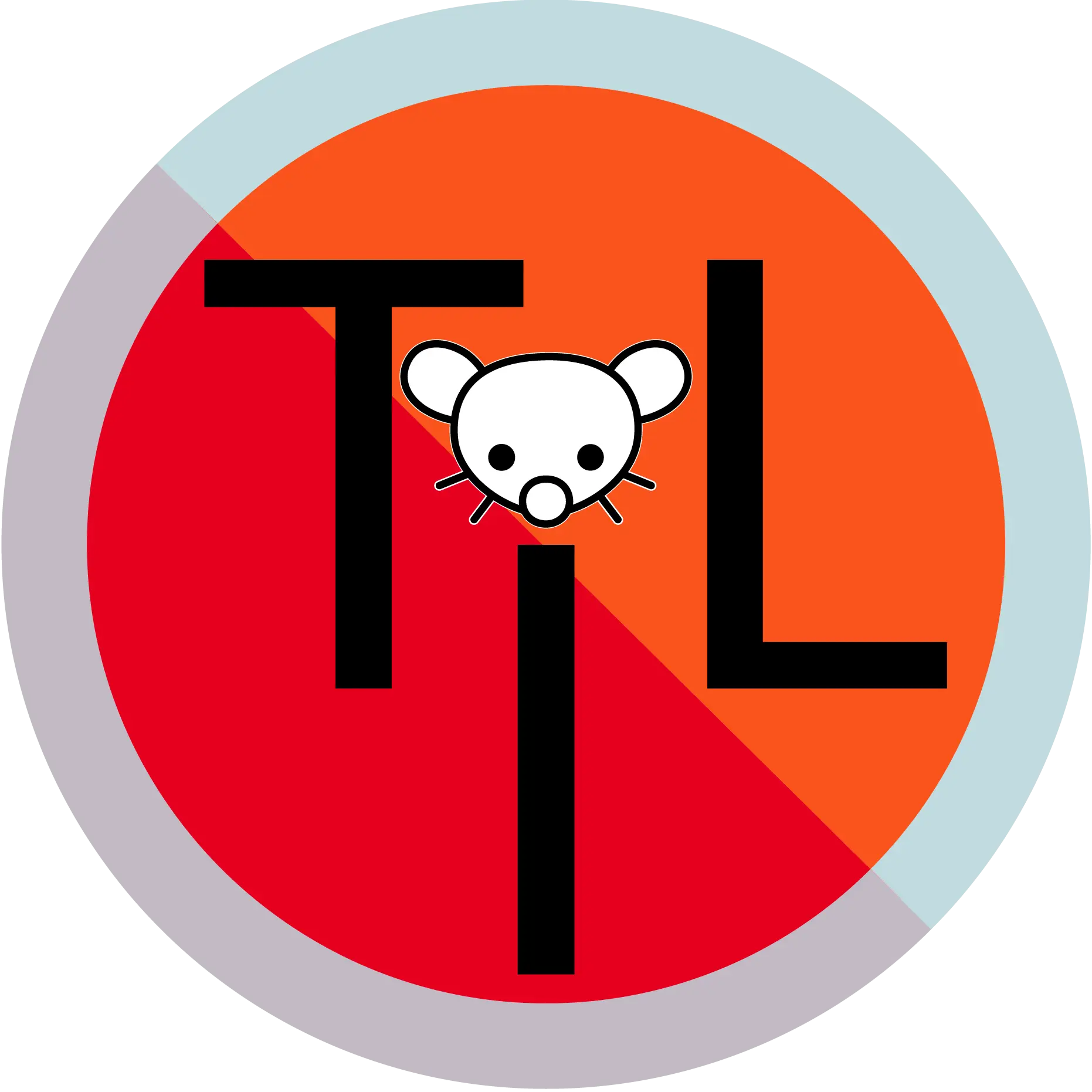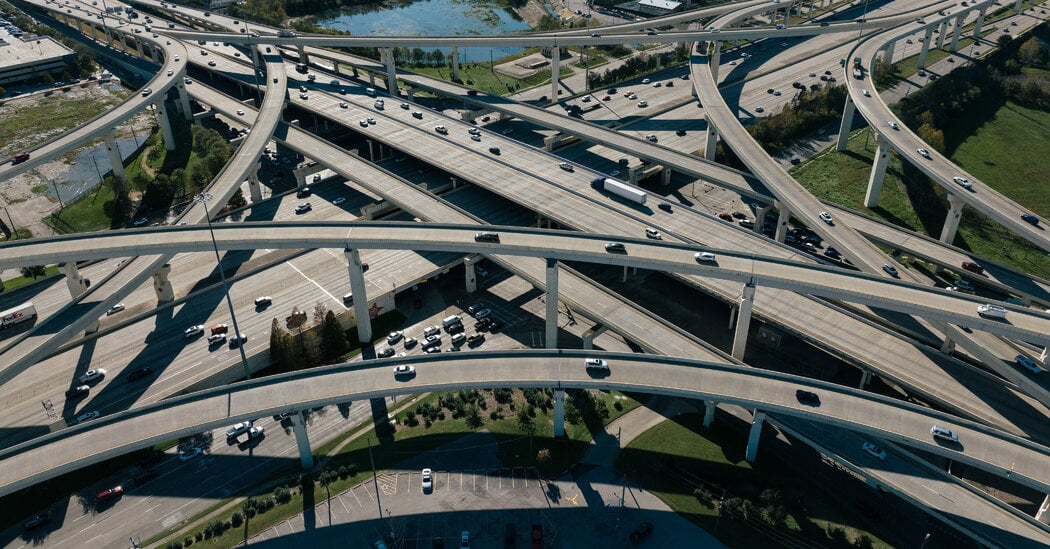- cross-posted to:
- fuckcars@lemmy.world
- cross-posted to:
- fuckcars@lemmy.world
For critics of widening projects, the prime example of induced demand is the Katy Freeway in Houston, one of the widest highways in the world with 26 lanes.
Immediately after Katy’s last expansion, in 2008, the project was hailed as a success. But within five years, peak hour travel times on the freeway were longer than before the expansion.
Matt Turner, an economics professor at Brown University and co-author of the 2009 study on congestion, said adding lanes is a fine solution if the goal is to get more cars on the road. But most highway expansion projects, including those in progress in Texas, cite reducing traffic as a primary goal.
“If you keep adding lanes because you want to reduce traffic congestion, you have to be really determined not to learn from history,” Dr. Turner said.



You can reduce traffic with more lanes, but not just willy nilly. They need to be carefully planned and managed while limiting lane changes.
But a lot of the time, they won’t. The issue usually comes from people wanting to change lanes while others are merging on. In high traffic areas, lane changes will slow the traffic down while increasing the risk of an accident. Making alternatives such as different routes, other modes of transportation, or reducing the need for traveling usually work better in cities.